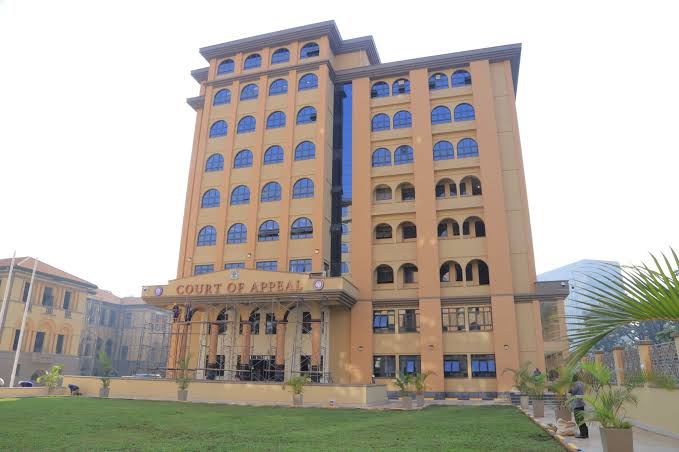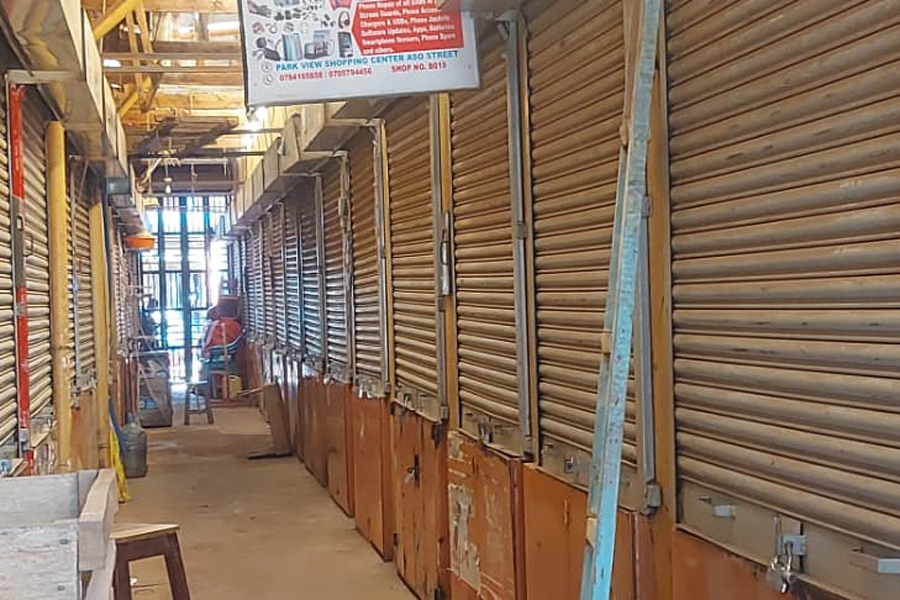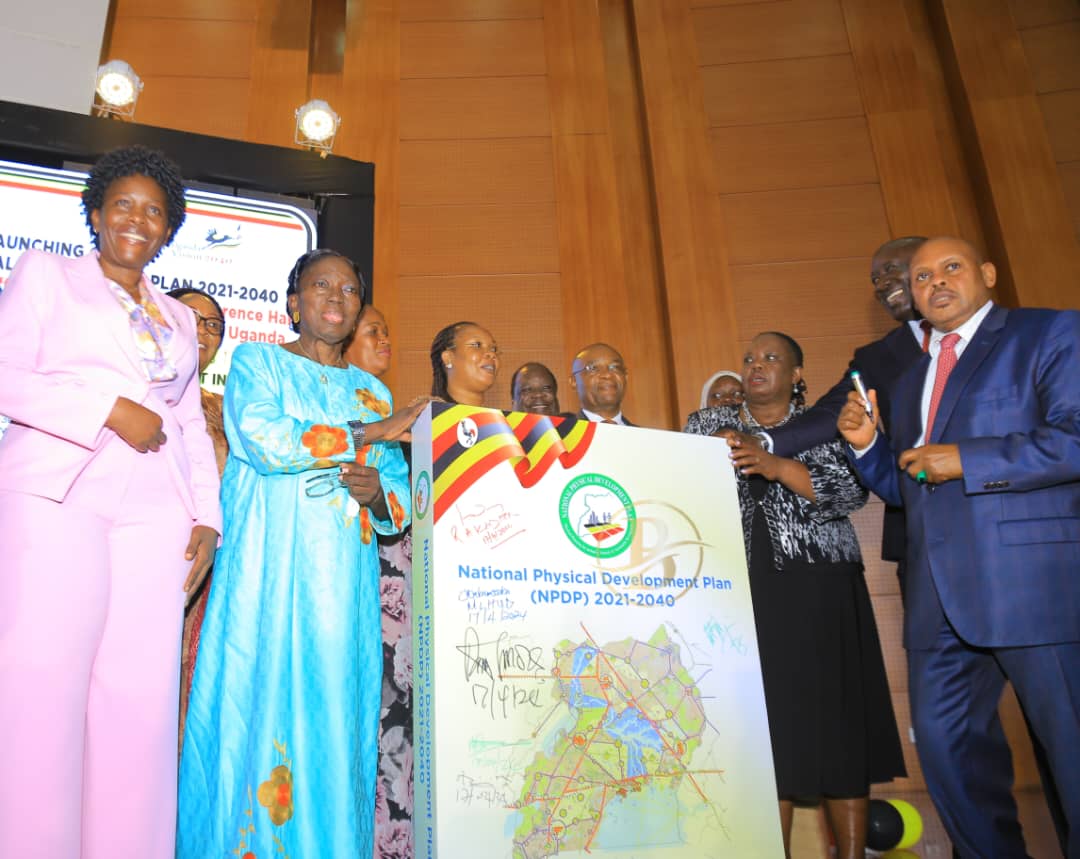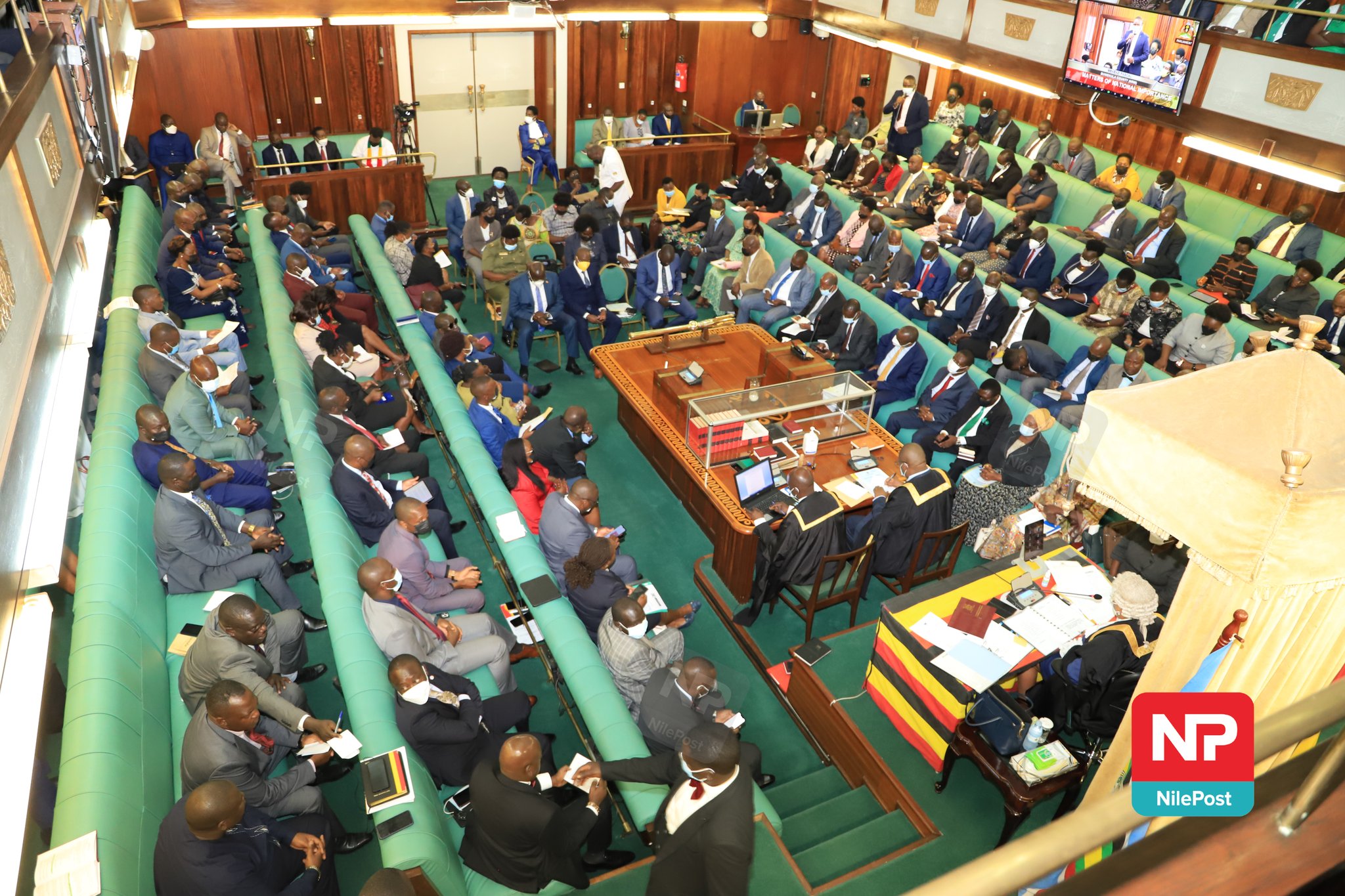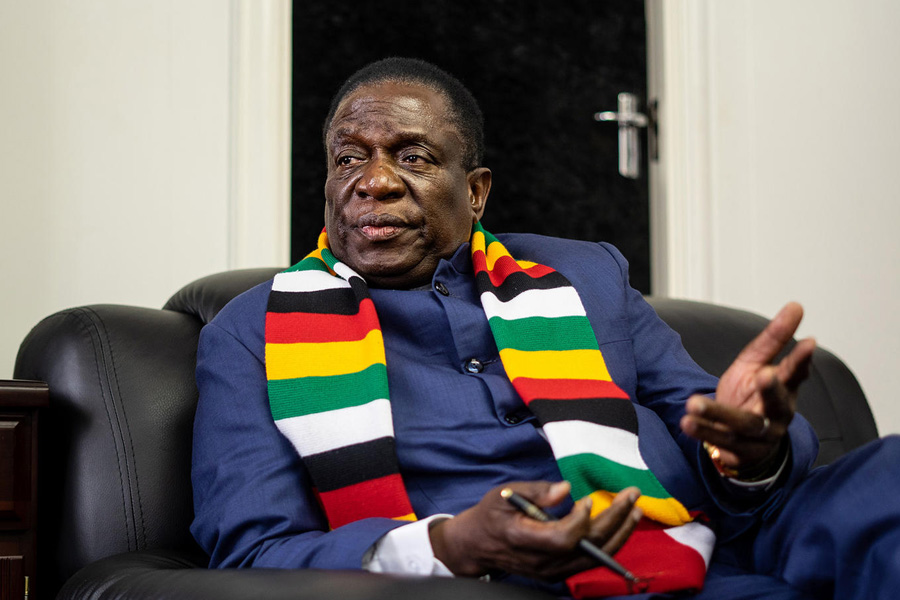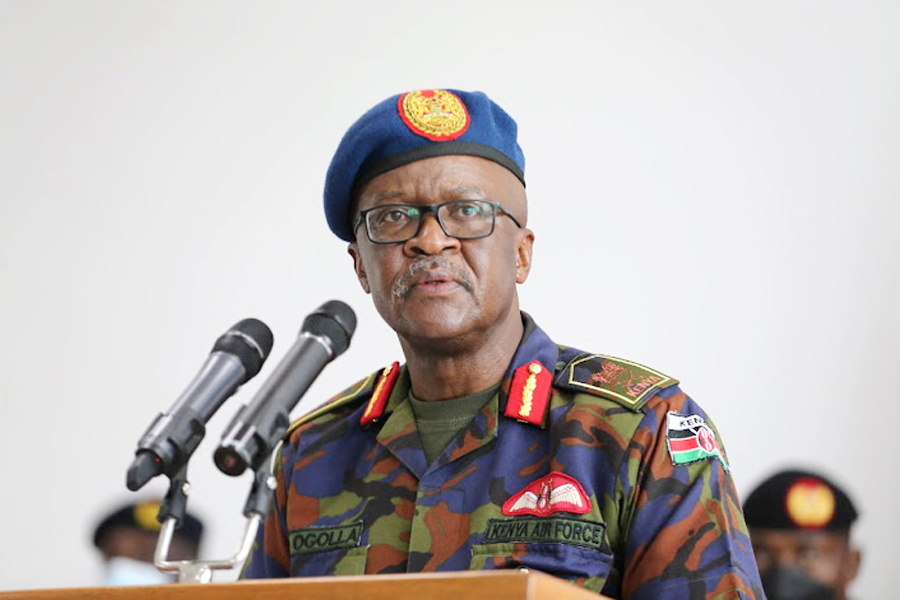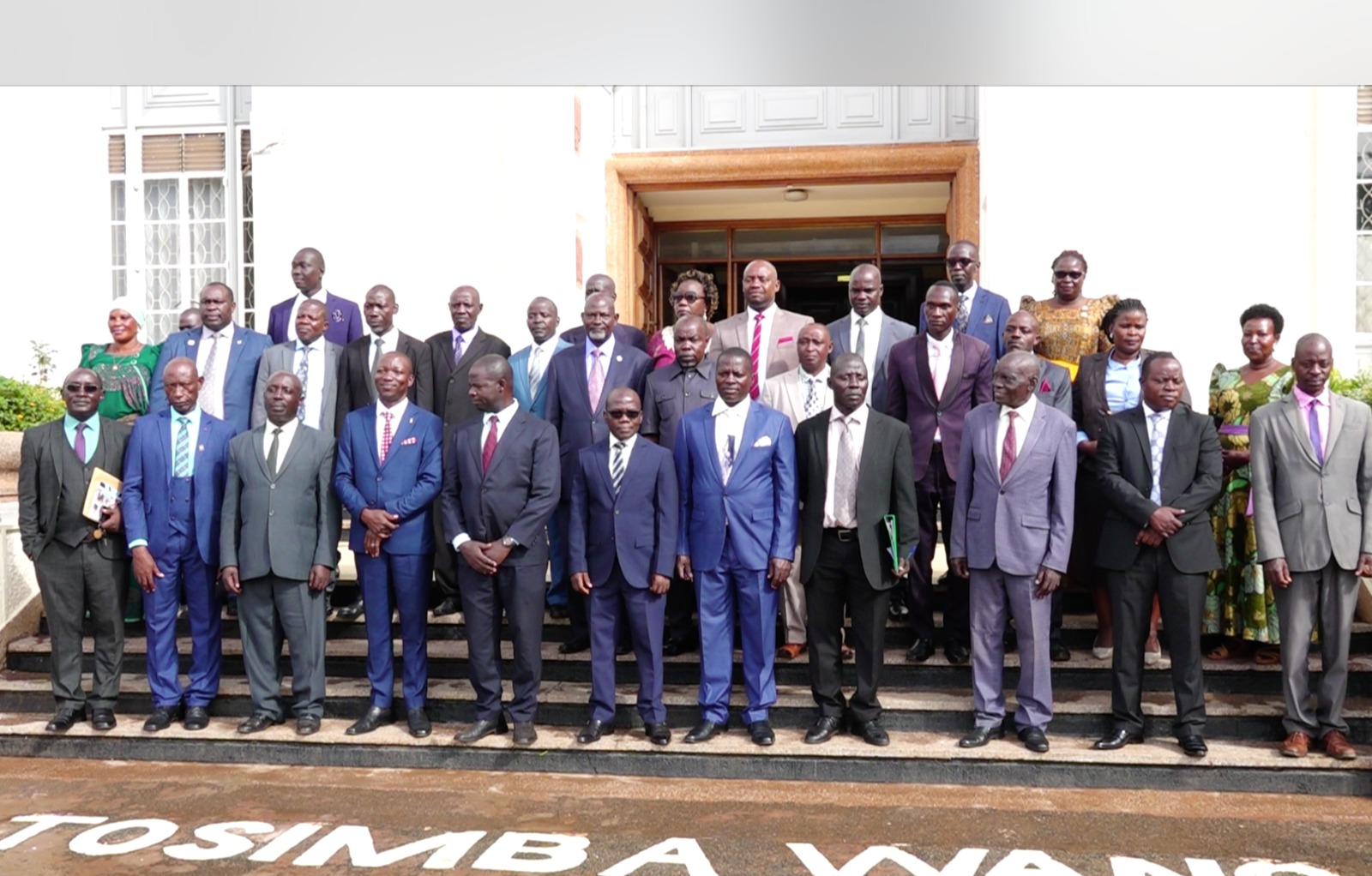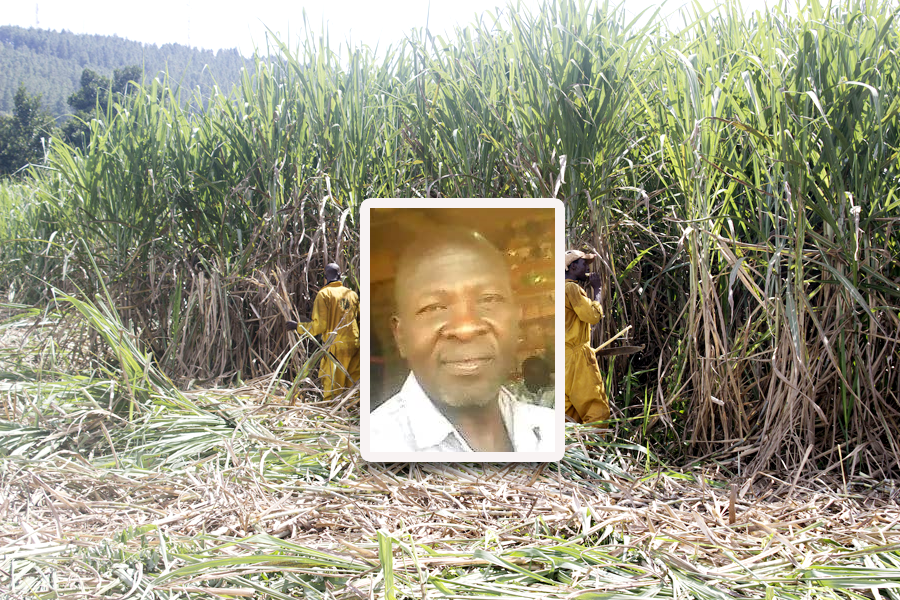NEMA Environmental Report: A monkey cannot be judged in its ‘own’ forest
 Arans Tabaruka
Arans Tabaruka
Because we are dealing with a fastidious natural resource and extractives sector in Uganda, I intend to refrain from being prejudicial and remain soberly frank as possible. I already had been warned that I needed to own a franchise to run ideas.
Keep Reading
There is a common African but lawful saying that “a monkey cannot be a judge in its own forest” a clear reflection in regard to the circulating Environmental Social Impact Assessment report by the National Environment Management Authority (NEMA) and the Joint Venture Partners (TEPU and TOUP).
They will be expecting public comments in two public hearings in Buliisa and Nebbi, the two local government administrative units directly likely to be impacted by developments the six oil wells of; Jobi-Rii Ngiri,Gunya Kasamene-Warindi Nsinga and Kigogore in the famous Tilenga project to promote positive local community relationships ,expectations, livelihoods, land access and avert environmental and social conflict
These two public hearings for the communities over ESIA for the Tilenga Oil Project are first of all not enough but also as dearly seen are either an omission or an oversight that can quickly be addressed within the proposed NEMA amendment bill 2017.
This is the yard stick for this that at random, the communities do not understand the parameters used in this report and will not until end time of the Tielnga project. You will consider this process frivolous as its intention is likely to compromise decision making processes in the project either as a result of lack of time to properly review all the components, or inadequate emphasis on the likely implication to host communities.
Life must move on, the Petroleum Authority of Uganda (PAU), the regulator of the petroleum industry and NEMA the regulator for the environmental pillar are at the center of ESIA and have enjoyed the privilege to harness the report as provided by the law in the National Environment Act Cap 153 and the Environmental Impact Assessments Regulations 1998 at the expense of the communities who will have to absorb all the negative and positive impacts this process and in my view ought to reflect on their input.
What’s the rigidity for, while purposefully the ESIA is meant to reduce the uncertainty associated with environmental and social consequences of the Tilenga project or can be used to manage the environmental risks this process must be done in a transparent and proper manner with commitments to international and national industrial guidelines and insist on the principle of free, prior and informed consent.
That indeed community is given adequate time and sensitisation to understand processes that affect them in the wrong run. The communities are underrated with such limited engagement. Reading through the Non-technical summary as a lay man all the guidelines for instance quoted by the report are international, you are left to imagine or wonder whether Uganda’s guidelines on water and environment, wild life and conservation are substandard.
Several CSO’s have been capturing views from the communities and sensitising them about this voluminous and not easy to comprehend ESIA to be presented for consideration and are hopeful that these will be considered in the long run but they will certainly not forget to remind its custodian to respect that ESIA is not a closed document that should be open to allow improvements throughout the process opposed to the notion already driven by the government to believe that the extractives industry is untouchable and therefore an elephant in the room that could end up closed to the communities with diverse impacts yet the communities are already being billed for cost recovery the loans in exploration.
The ESIA from the community lens indicates that most of the important parts of the ESIA are still work in progress; aspects of Biodiversity & Ecosystems services; resettlement action plans where Ministry of Lands Housing Urban Development is just collecting views on the policy, Geological & Survey among others clearly indicated in the different parts of the report creates the high risk of losing the sensitive areas and creating enormous impacts on people as well as jeopardising the country’s pristine environment and economy.
Chapter 16 of the ESIA makes mention of Human rights but fall short of any specific human rights assessment made limiting the population’s enjoyment of rights. Certainly some vulnerable groups like women and youth may have been consulted but there is lack of clarity as to whether the engagement with them like any project affected persons fell within the project area was representative enough of the entire community and which exact measures were adopted to foster their participation throughout the process.
Oil and Gas as a natural resource is a preserve of the state per article 244 of the 1995 constitution but on behalf of the people “All Minerals and Petroleum in Uganda are held by the Government on behalf of the people of Uganda”. This is just to entrust the authorities in charge of natural resources on behalf of Ugandans and need no emphasis that the subsequent laws like NEMA Act and Impact Assessment Regulations must conform to the constitution. This is because of the worry that the companies could focus on the legal license to operate the project but forget about the social license of acceptance given experiences from Niger delta in Nigeria.
Government’s commitment is alive to the development of these projects in the Albertine region not Tilenga alone because the country is investing maximally with hope to benefit, it’s therefore conventional to ignore or give less time to communities to adequately adequately study the impacts unintended.
Arans Tabaruka- Advocacy Officer for Civic Response on Environment and Development (CRED).


